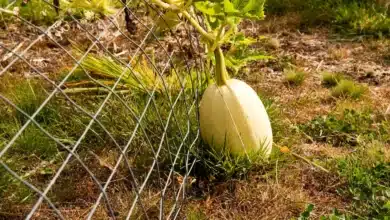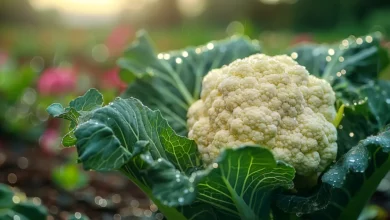How to grow coleus?
Coleus plants are cultivated for their velvety leaf, which comes in a variety of color combinations including vivid red, burgundy, yellows, green, pink, brown, and bronze. These plants are also known as Solenostemon, plectranthus, or painted nettle plants.
The use of coleus in summer bedding schemes, as a filler at the front of a summer border, as well as in summer pots and containers, gives the plant an attractive appearance. They are an excellent choice for the landscaping of an exotic or jungle-themed garden. They are also able to be cultivated successfully as houseplants or in conservatories.
The decorative plant known as coleus is really a member of the mint family and is indigenous to Indonesia. All of the species that were formerly classified as belonging to the Coleus genus have now been moved to either the Plectranthus or Solenostemon families.
What is Coleus Forskohlii?
The Coleus Forskohlii plant is native to the region that is now known as India. It is widely known that the plant possesses significant therapeutic potential, and it is frequently employed as a component of natural treatments for conditions affecting the respiratory, cardiovascular, gastrointestinal, and neurological systems respectively.
Forskolin, which is derived from the roots of the Coleus forskohlii plant, is the recently publicized wonder medicine that may assist in the reduction of body fat and, thus, can be relied upon as the ideal dietary supplement for weight loss.
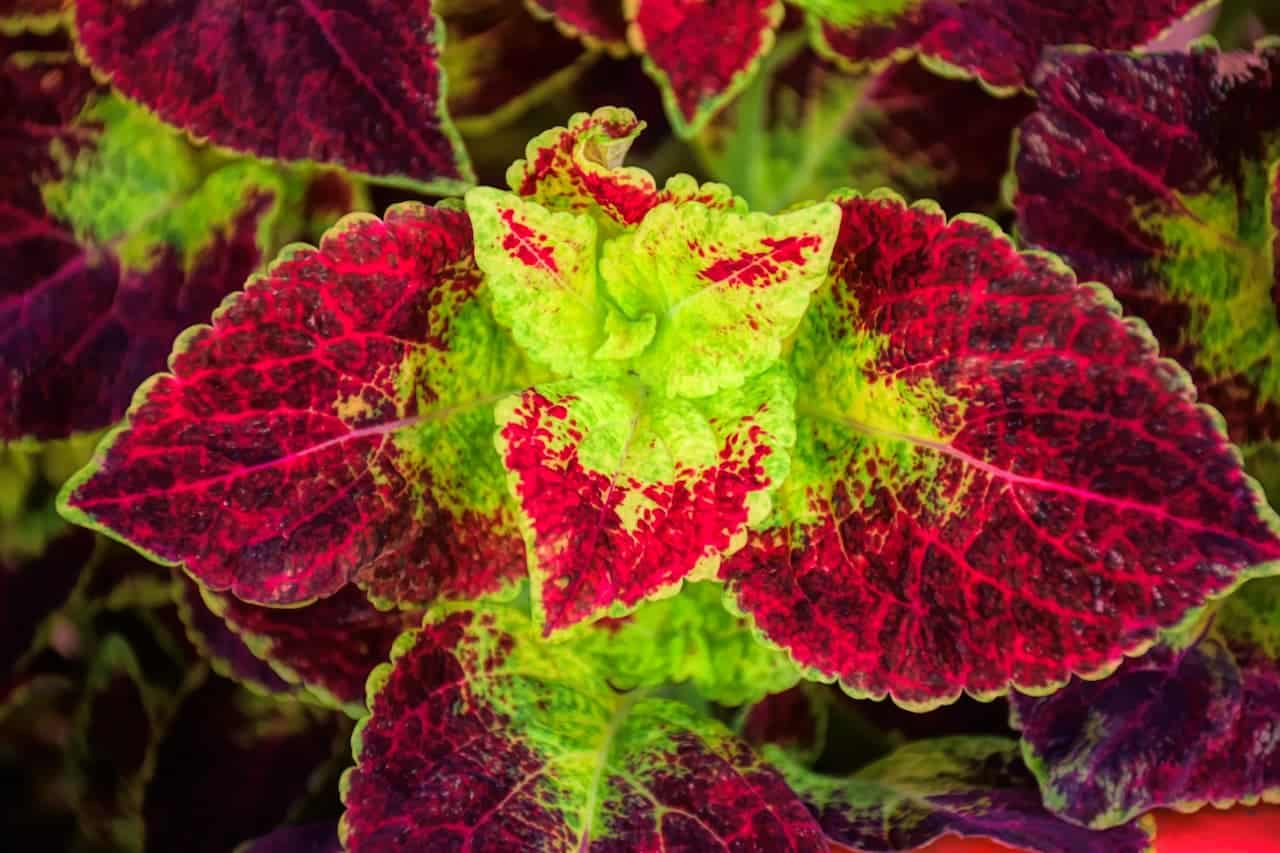
How to cultivate coleus?
Grow coleus in a location that receives full sun or moderate shade to bring out the vibrant colors of its leaves. They thrive in soil that is somewhat damp but has good drainage. Because coleus plants are considered delicate perennials, they will perish if the temperature drops below freezing.
Planting them outside in May, when there is no danger of frost, is the typical method of cultivation in the UK, where they are cultivated as annuals.
If you want your plants to survive from year to year, you can either bring them inside during the fall or take cuttings of them during the summer. These cuttings may then be grown to produce new plants the following spring.
Where should you plant your coleus?
Plant coleus in a location that receives full sun or partial shade and has soil that is wet but has good drainage.
Since coleus is a slow-growing plant, the ideal place to display them is towards the front of a border, where they may be mixed with other bedding plants or in a container on a patio.
If you are growing coleus as an indoor plant, you should grow it in an area that is bright and receives some direct sunlight.
How to start a coleus plant?
In the early spring, coleus may be purchased as “plug plants,” which are young plants. Continue cultivating them indoors until the outside temperature rises.
Once there is no longer any chance of frost after the month of May, you may plant them in the garden. Beforehand, put them through a week of “hardening” or “acclimatizing” to the circumstances of being outside.
In order to prepare the soil, work some multifunctional compost into it with a fork. After excavating a hole that is somewhat bigger than the plant’s previous container, place the plant inside and then backfill the space surrounding it with the earth. Water in well!
Dig a hole that is the same size and depth as the original pot, and plant at the same level, if you are planting in a container that was previously used. Water in well.
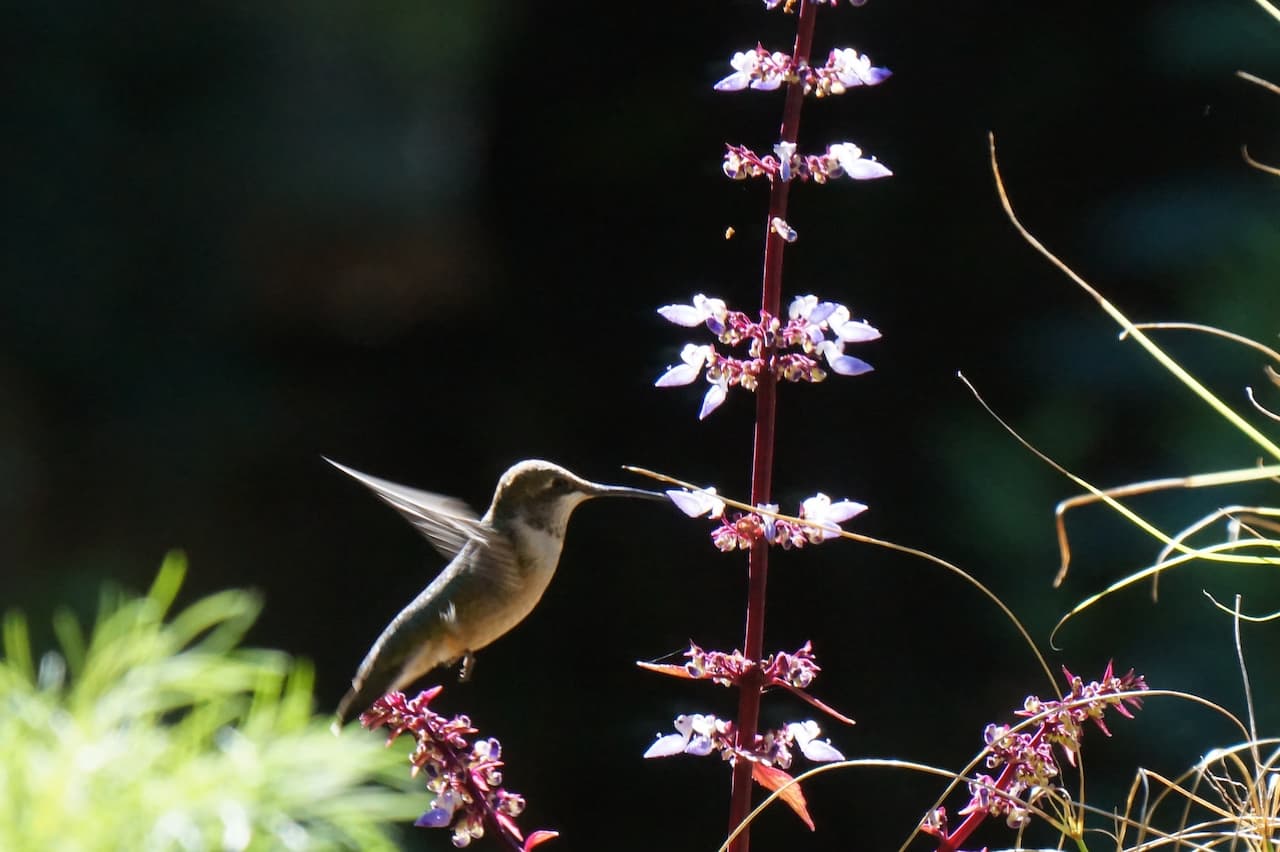
How to take care of coleus?
After the seeds have been sown, remove some of the developing tips from the core stem to promote a bushier plant. Ensure that your plants get enough water during the summer, particularly if they are growing in containers.
If you are growing coleus in pots outside, you should bring them inside before the first frost of the season in the fall. If you are growing them in the ground as bedding plants, you may take cuttings over the summer to assure that you will have some plants for the next year.
How to start new coleus plants?
Plants of the coleus genus are simple to multiply. You may expand the number of plants you have access to by taking cuttings over the summer and then cultivating those cuttings in a greenhouse or conservatory until the following year.
Coleus cultivation solution
If you grow coleus outdoors, you won’t have to worry about pest attacks, but if you bring it inside or keep it in a conservatory, you’ll need to watch out for pests like whitefly, mealybugs, and scale insects.
Coleus Helps in Weight Loss
Recent research has shed light on the miraculous advantages of the Coleus forskohlii plant. In recent years, forskolin has gained popularity as an effective natural treatment for weight loss.
Coleus forskohlii, often known as forskolin, is the primary component of a large number of commercial weight reduction products now on the market. This should not come as a surprise.
Forskolin, which is a diterpene, acts directly on adenylate cyclase, which is an enzyme that contributes to the activation of cyclic AMP (adenosine monophosphate) in the cell.
The increased activity of cyclic AMP further speeds up the pace at which fats that are stored in the cells are broken down.
In addition to these effects, forskolin controls diet-induced thermogenesis, speeds up resting metabolic rate, and makes the body more efficient at using fat as fuel.
Consumption of forskolin also causes the release of fatty acids from the body’s adipose tissue. When they are no longer bound, these fatty acids may be used as fuel and combusted to produce energy for the body.
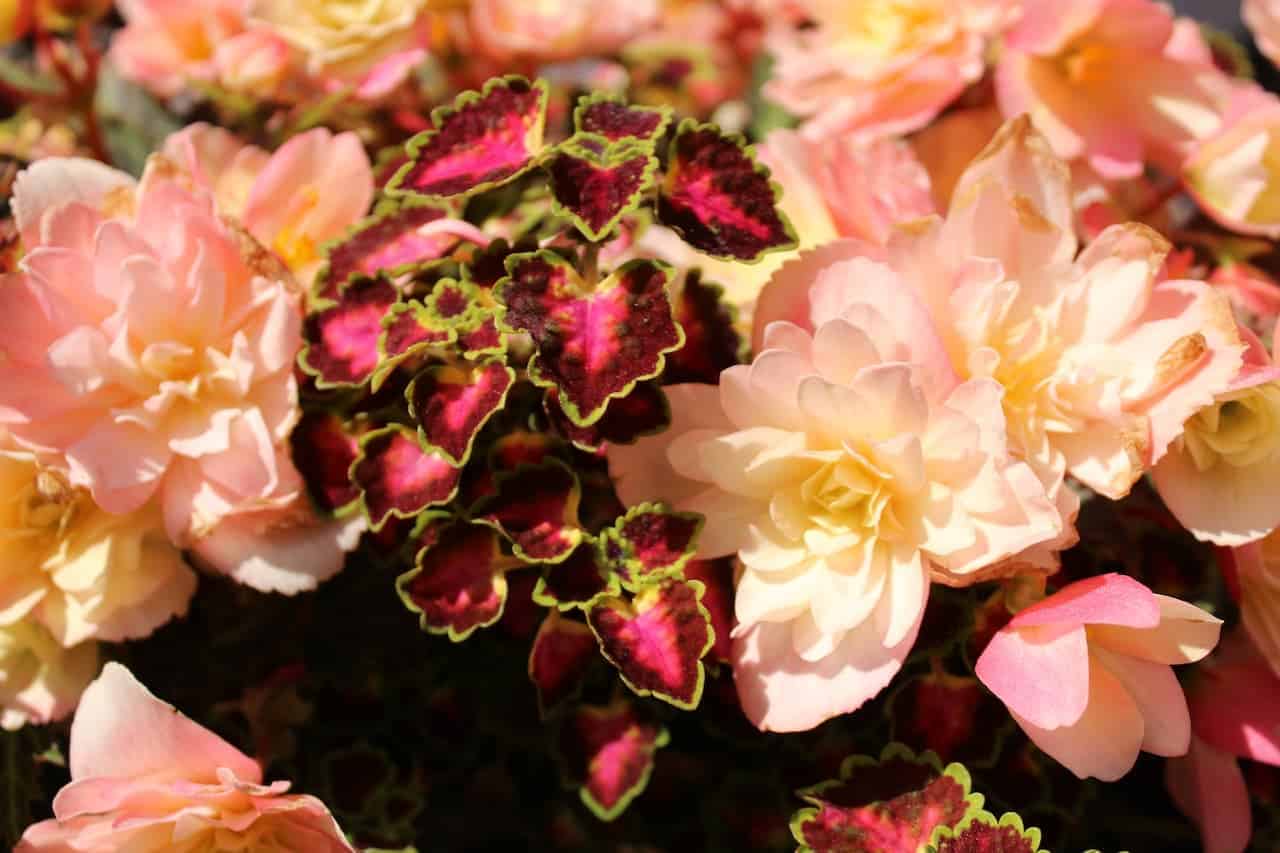
According to some research, a high concentration of forskolin might increase the amount of cyclic AMP in the body. These elevated levels induce lipolysis, which in turn increases the amount of fat that is broken down.
Because it helps the body burn stored fat while maintaining the all-important muscle mass, Forskolin has been hailed as the latest “miracle medication” for assisting with weight reduction.
Is It Possible to Eat the Coleus Forskohlii Plant?
In spite of the fact that it is a member of the mint family and a type of herb, the Coleus Forskohlii plant cannot be consumed.
In point of fact, research has shown that it possesses a low level of toxicity. Because the benefits of Forskohlii, which is derived from the roots of the Coleus Forskohlii plant, have only been researched as an extract, it is not suggested that the whole herb be consumed.
Take Away
Rich in organic materials and possessing a moist yet well-drained texture. When conditions are dry, coleus plants need an environment that is either completely sunny or somewhat shaded, as well as plenty of water.
Pinch off new branches and flower stalks to promote proper shape and to keep them from competing with the leaves for attention.
When growing indoors, use a potting mix that contains soil, and provides bright filtered to moderate light. During the period of vigorous development, water them well and apply fertilizer every two weeks.
Maintain soil that is barely damp during the winter and repot in the spring. Another option is to reproduce the plant in order to generate the most robust offspring.


